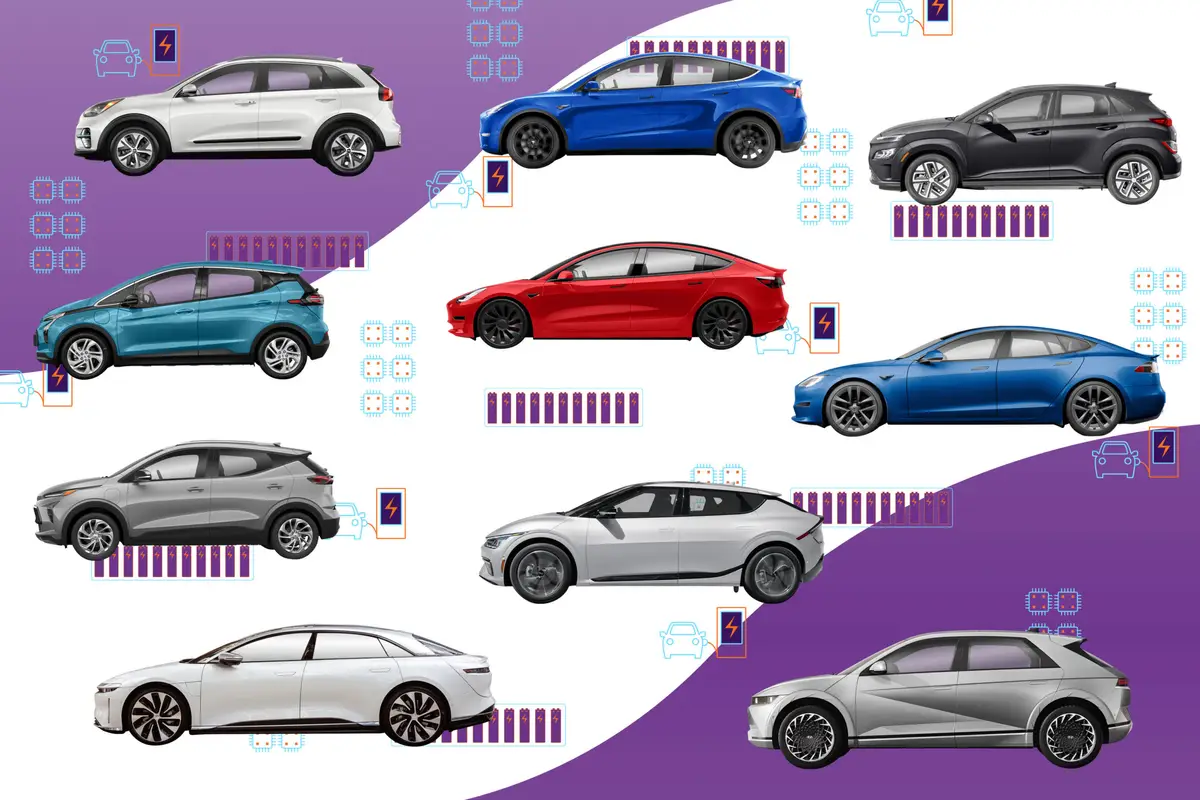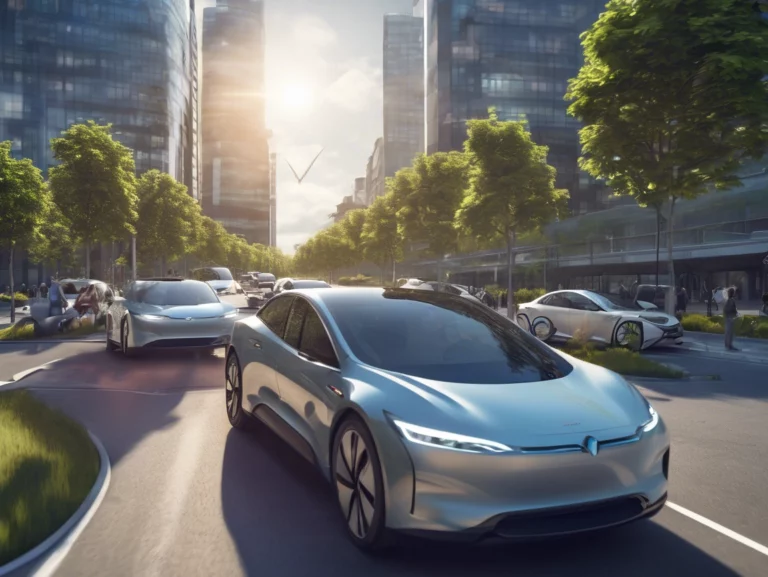Electric vehicles (EVs) have surged in popularity worldwide, marking a significant shift in the automotive industry. As more consumers and governments push for greener alternatives, the adoption of EVs is accelerating rapidly. This trend is reshaping how people think about transportation and environmental impact.
What Happened
The global market for electric vehicles has seen unprecedented growth over the past few years. Sales of EVs climbed significantly in 2023, with major car manufacturers expanding their electric lineups. Countries like China, the United States, and members of the European Union have implemented policies to encourage EV adoption, including subsidies, tax incentives, and stricter emissions regulations. Advances in battery technology are also driving down costs and improving vehicle range, making EVs more accessible to a broader audience.
Why It Matters
The rise of electric vehicles is crucial in addressing climate change. Transportation is a major source of greenhouse gas emissions worldwide, and shifting to electric power dramatically reduces these emissions. EVs also contribute to reducing air pollution in urban areas, improving public health. Additionally, the growth of the EV market stimulates innovation and new jobs in clean energy sectors. However, it also raises questions about energy infrastructure, battery recycling, and raw material sourcing.
Quotes and Statistics
According to the International Energy Agency, electric car sales surpassed 10 million units globally in 2023, representing about 14% of total car sales—a record high. Mary Nichols, Chair of the California Air Resources Board, emphasized, “The shift to zero-emission vehicles is vital for meeting climate goals and protecting public health.”
What Might Happen Next
Looking ahead, the EV market is expected to continue expanding, driven by technology improvements and policy support. Battery prices are expected to fall further, enhancing affordability. Charging infrastructure will likely grow, addressing current consumer concerns about convenience and range anxiety. However, the industry must navigate challenges such as ensuring sustainable supply chains for batteries and integrating EVs into energy grids.
Conclusion
Electric vehicles are no longer a niche market; they are becoming a mainstream choice for consumers and governments alike. This trend holds promise for cleaner transportation and a healthier planet but requires attention to sustainability and infrastructure. As the EV revolution advances, it will shape the future of mobility and energy consumption worldwide.








